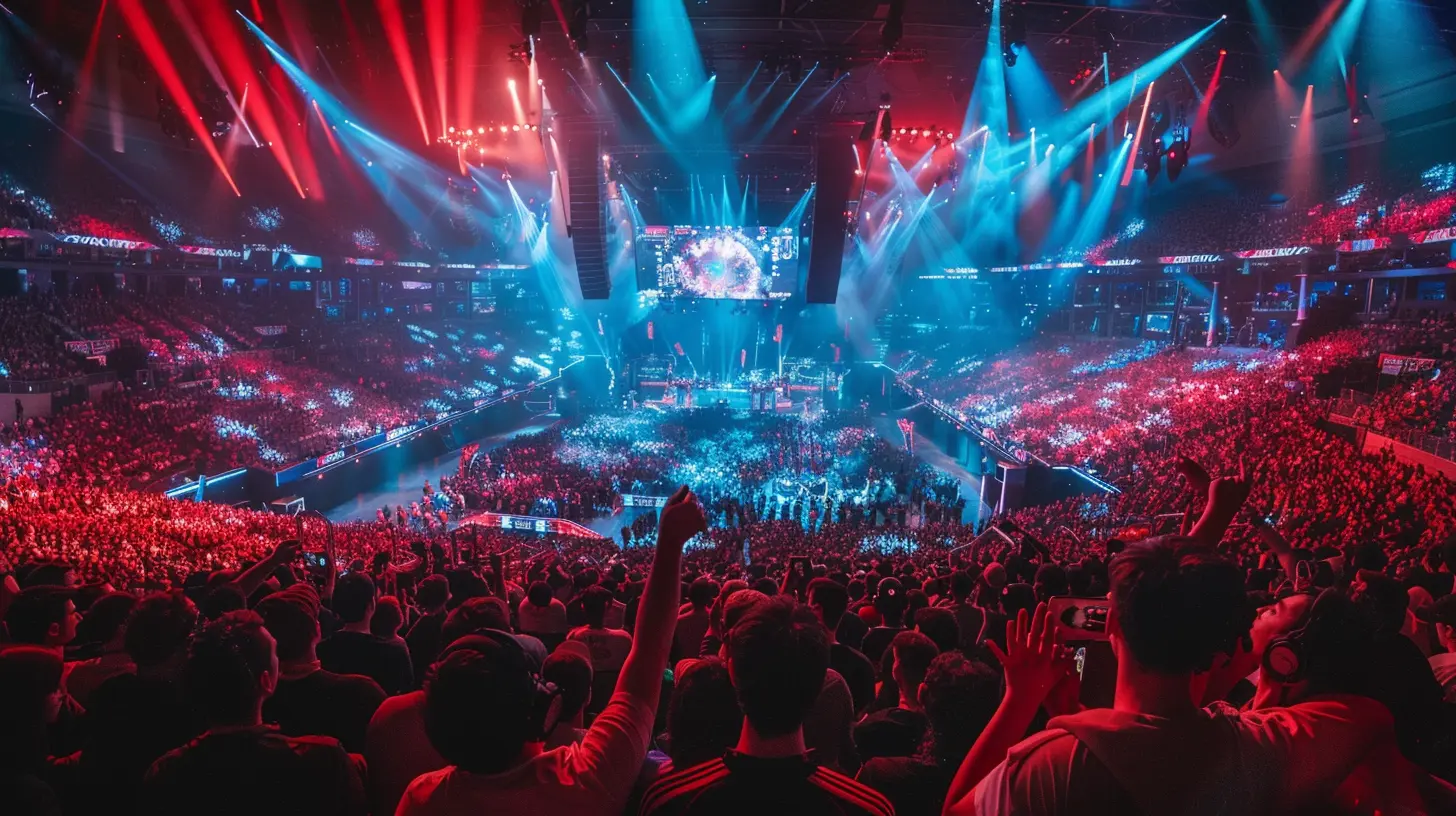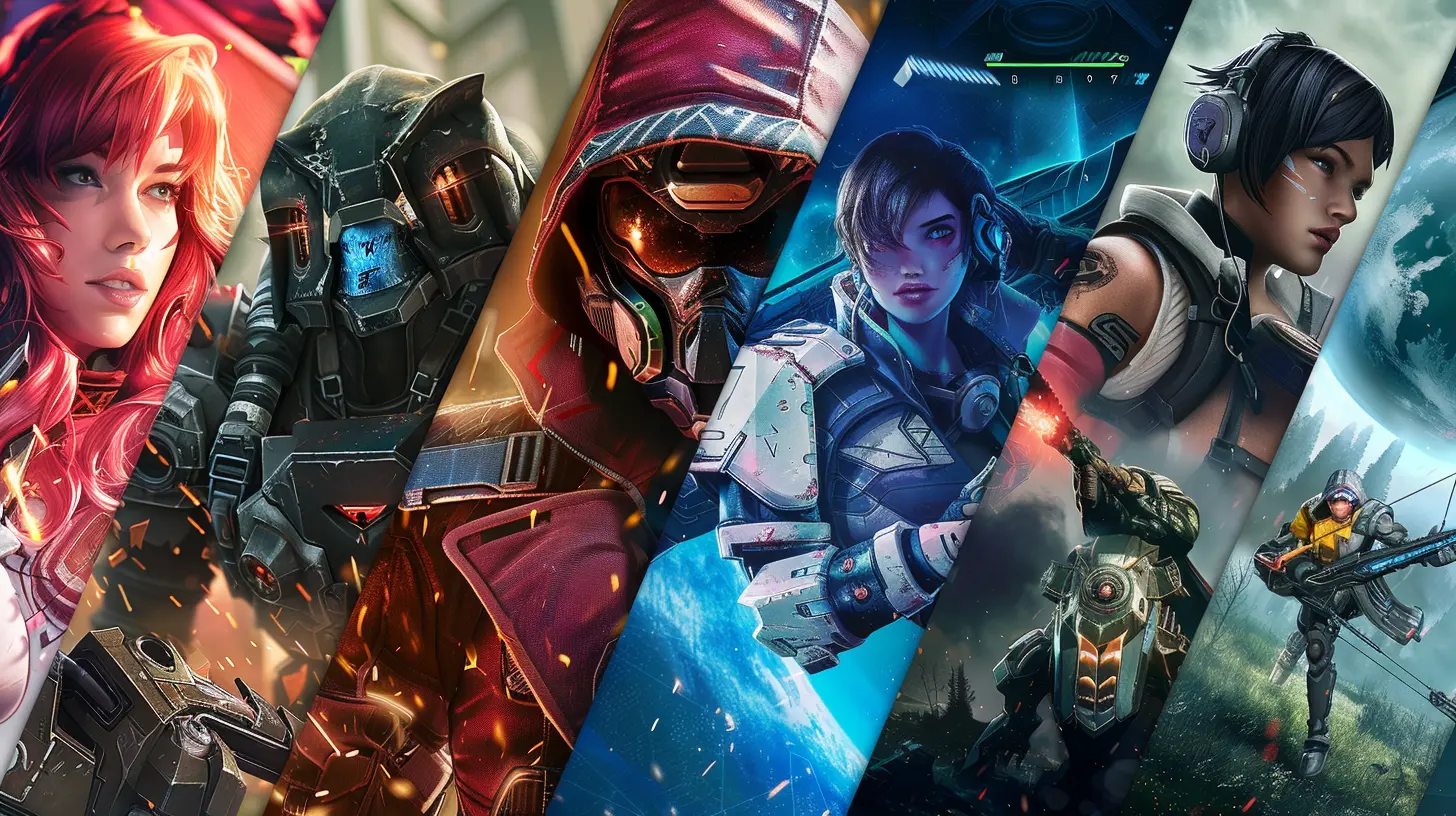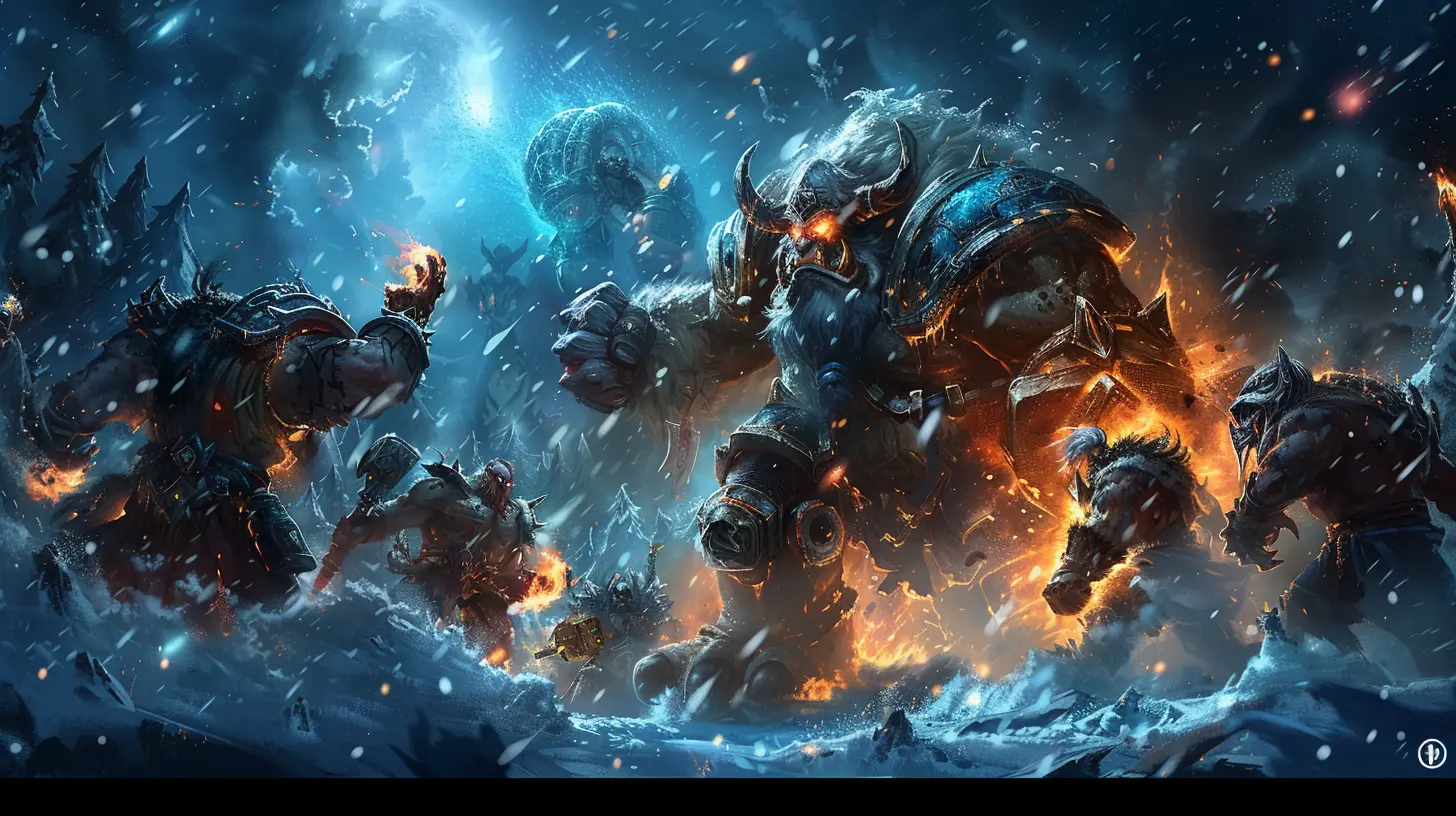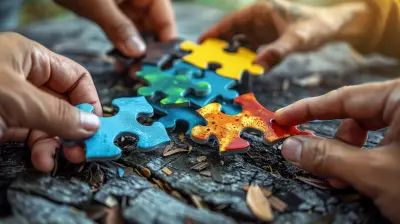How Free-to-Play Gaming is Powering the Esports Revolution
12 October 2025
Ever played a game that didn’t charge a single penny to dive in but ended up consuming your nights, your thoughts, and possibly your wallet (hello, cosmetic upgrades)? Welcome to the wild world of free-to-play (F2P) gaming. But guess what? It's not just a time sink or a sneaky wallet thief – it’s one of the main engines driving the esports revolution.
The rise of esports isn’t just a fluke or a lucky roll of the dice. It’s a well-played strategy, and F2P titles are a critical part of that meta. So grab your energy drink, slap on your favorite gaming hoodie, and let’s break down how free-to-play games are reshaping the esports scene as we know it.
What is Free-to-Play Gaming Anyway?
Okay, let’s kick things off with the basics. Free-to-play games are exactly what they sound like: games that you can download and play without handing over a dime. No upfront cost. Nada.Now, you might be thinking, “Where’s the catch?” Well, the game is free to play, but often monetized through in-game purchases like skins, emotes, loot boxes, battle passes, you name it. The kicker? These purchases are usually cosmetic, meaning you can still be a champion without spending a cent.
A Brief History of F2P—From Dinky Flash Games to Global Franchises
Cast your mind back to the early 2000s: you’re at school, bored, and loading Flash games on Newgrounds while pretending to research your science project. Those little games were the humble beginnings of F2P.Fast forward to today, and we have juggernauts like:
- Fortnite
- League of Legends
- Dota 2
- Valorant
- Apex Legends
- Call of Duty: Warzone
These are not just free games—they are cultural touchstones and homes to massive player bases and booming esports scenes.
How Free-to-Play Games Lower the Barrier to Entry
Imagine if football (soccer, for my American homies) required everyone to buy a $200 pair of special shoes before being allowed to touch a ball. How many future Messi’s would never have kicked off their careers?That’s the kind of barrier traditional AAA games often have. Not so with F2P games. No entry cost means:
- More players from around the globe can join in
- Fewer economic barriers block talented players
- Diversity in the player base leads to more creativity and competition
In short, free-to-play is democratizing esports. It’s leveling the playing field (literally and metaphorically).
The Perfect Storm: F2P Meets Streaming Platforms
Now let’s talk timing. The F2P boom synced up perfectly with the rise of platforms like Twitch and YouTube Gaming.Why does that matter? One word: reach.
F2P games are designed to go viral. They're often fast-paced, highly watchable, and constantly evolving. Throw in top streamers pulling crazy plays in Fortnite or rage-quitting in Valorant, and bam—you've got a recipe for skyrocketing popularity.
And once players see these games being played live, they can dive in immediately—no financial risk, just download and go. It’s like watching a cooking show and realizing you already have the ingredients at home.
Esports Needs Eyeballs – F2P Brings Them
The esports industry thrives on one core thing: viewership. Without eyeballs glued to screens, there’s no sponsorship money, no team merch flying off shelves, and no massive arenas packed with hype-fueled fans.Free-to-play games naturally pull massive audiences because:
- They're accessible
- They appeal to casual and hardcore audiences alike
- They’re constantly updated with new, exciting content
And let’s not kid ourselves—watching a Fortnite pro build a skyscraper in two seconds flat is just plain entertaining.
Game Devs Are Now Designing Games for Both Players & Viewers
Here's a brain buster: game developers aren’t just making games for people to play anymore. They’re also making them to be watched.Take battle royales, for example. The shrinking map? That’s not just for tension—it also ensures a thrilling spectator experience. Games like Apex Legends and Warzone have pacing and spectacle baked in like chocolate chips in a cookie.
When the game is free, more people play. When the game is fun to watch, more people tune in. When both happen? Esports goldmine.
Microtransactions Fund Massive Prize Pools
Alright, let’s talk money. You’d think free-to-play meant less cash flying around, right?Wrong.
Games like Dota 2 and Fortnite have weaponized microtransactions to build colossal prize pools. Dota’s "The International" tournament once boasted a prize pool of over $40 million—yes, you read that right—and a big chunk of that came from player purchases.
So while little Jimmy might think he’s just buying a cool hat for his hero, he’s actually helping fund an esports empire. Who knew?
Community Drives Engagement – F2P Fosters Community
One thing F2P games nail is community. Without a price tag gatekeeping potential players, anyone can join a game’s ecosystem. And with that open invitation, people don’t just play—they engage:- They join Discord servers
- They participate in forums and Reddit threads
- They create content, mods, and even memes
This massive, engaged community creates a feedback loop. The bigger the community, the more content and excitement, which draws in more players… and eventually, more esports hype.
F2P Titles Encourage Longevity Through Constant Updates
This ain’t your grandpa’s cartridge game. Free-to-play games live and breathe through regular updates. New characters, new maps, limited-time modes, balance changes—the works.What does this have to do with esports? Everything.
Constant content keeps the meta evolving, requiring pro players to stay sharp and flexible. That shifting ground makes competitive matches unpredictable and exciting.
Fans love surprises. Esports loves drama. F2P delivers both.
Regional Tournaments? Thanks to F2P, They’re Poppin’ Off
Before F2P, organizing a regional esports tournament was like planning a wedding. Costly, complicated, and way too much RSVPing.But now? With free access to games, local tournaments have exploded. College teams, high school leagues, even bar-based gaming nights are becoming mini-esports hubs. And for many players, these are the stepping stones to the big leagues.
You know how indie bands sometimes blow up after a few local gigs? Same energy.
The Globalization of Esports Through Free-to-Play
Let’s not overlook one of the coolest things about F2P: it’s truly global.Countries that historically couldn’t afford pricey consoles or games are now esports powerhouses thanks to F2P titles. Look at the rise of Eastern Europe in CS:GO, or the dominance of Southeast Asia in Mobile Legends: Bang Bang.
Free-to-play gaming isn’t just powering esports—it’s making it global.
Mobile Esports: The Turbo Boost No One Expected
Okay, wild card time. Mobile F2P games have entered the chat, and they’re not just scrolling through—they’re dominating.Titles like:
- PUBG Mobile
- Free Fire
- Arena of Valor
- Mobile Legends
These games are huge, especially in regions where high-spec PCs are rare. They're accessible, competitive, and backed by professional leagues and tournaments.
People laughed at mobile esports once. They're not laughing anymore.
What’s Next? The Sky’s the Limit
So where does the F2P + esports love affair go from here?Expect more crossovers, bigger events, and games built from the ground up with esports in mind. Think rocket-fueled evolution rather than slow-burning growth.
And with major companies like Riot, Epic, and Valve continuing to invest big bucks and brainpower into their F2P titles, the revolution is only heating up.
Final Thoughts: Free-to-Play Isn't Just a Business Model—It's a Movement
At this point, calling free-to-play a “trend” would be like calling the internet a “fad.” This is the new normal, and it’s changing everything.F2P didn’t just open the gates to gaming—it tore them down, invited everyone in, and started hosting tournaments in the backyard. It’s grassroots meets global. It’s profit meets passion. And most importantly, it's giving esports the fuel it needs to keep launching higher.
Whether you’re a casual player with a cracked aim or a full-blown esports fanatic who watches scrims for fun, you’ve got F2P to thank for making it all possible.
So the next time you load up a free game? Just remember—you’re not just playing. You're part of something way bigger.
all images in this post were generated using AI tools
Category:
Free To Play GamesAuthor:

Lana Johnson
Discussion
rate this article
1 comments
Sablethorn Pope
Free-to-play models democratize access, enabling diverse player participation and fostering vibrant communities. This shift not only fuels esports growth but also redefines engagement through skill, strategy, and social connection.
October 21, 2025 at 2:55 PM

Lana Johnson
Absolutely! Free-to-play models truly broaden accessibility, encouraging diverse communities and enhancing player engagement, which is essential for the growth of esports.


